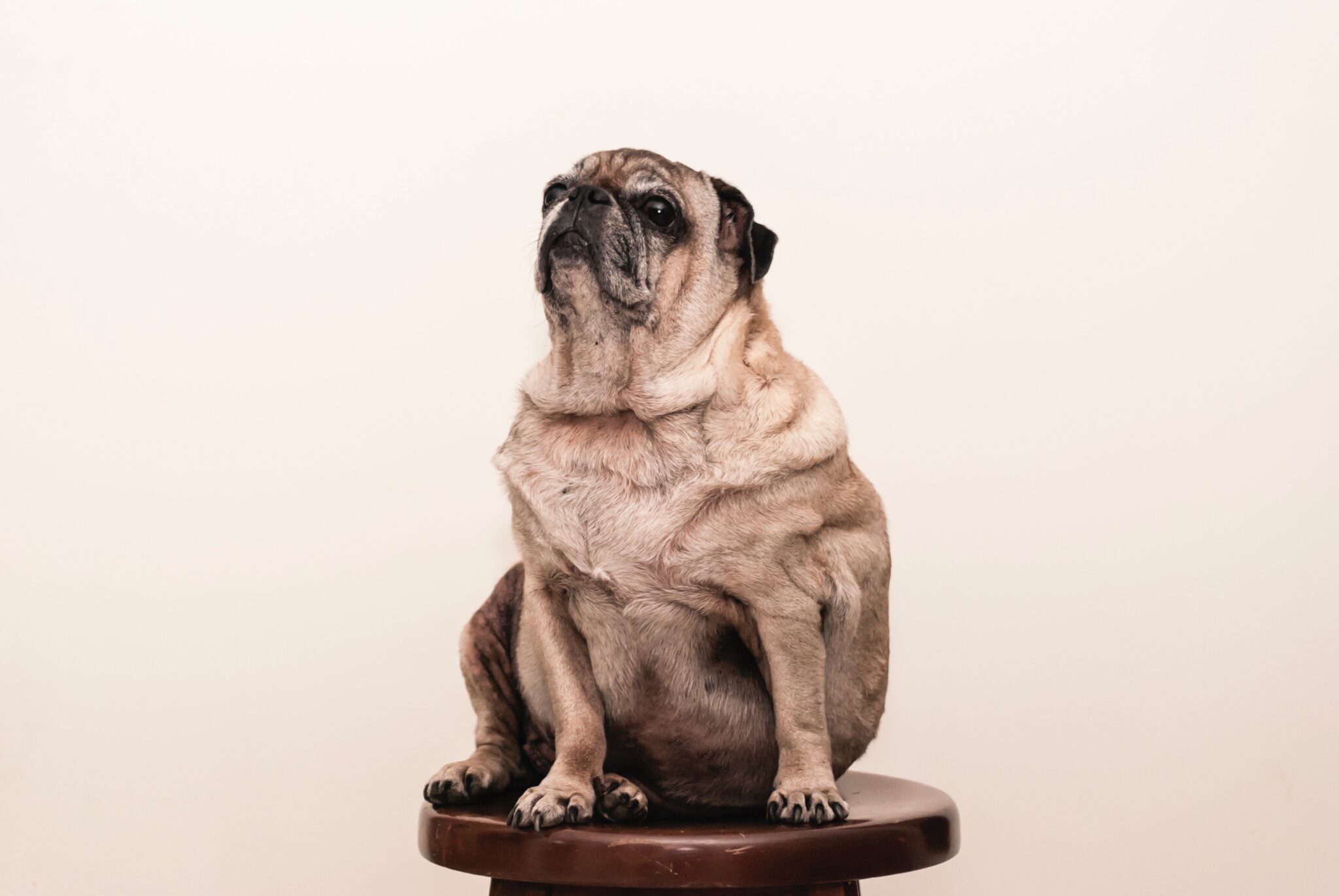Pyoderma in dogs
Pyoderma is one of the most common bacterial skin infections in dogs, which is not transmittable to other dogs and people. It causes pustules that might break into crusting lesions on skin folds and areas of sparse hair. It looks like a way more serious condition than it actually is. However, it is of paramount importance to have your dog valuated by a vet since it might occur due to an underlying health condition that compromises your dog’s immune system.
Symptoms
Pup’s hair is sparse on the chin and abdomen, so you should look for the signs of pyoderma in these areas. The symptoms are pus-filled bumps (pustules) and red, raised bumps (papules), as well as flaking skin and circular lesions with crusting around the edges. A dog infected by pyoderma is prone to scratching the skin. In some severe cases, an infected dog may be depressed and uninterested in food.
Possible causes
Certain breeds with wrinkled skin such as boxers, bulldogs, pugs and Staffordshire bull terriers are prone to pyoderma. Puppies can also be more often obtain this type of skin infection. Other causes of pyoderma include
- Hormonal imbalances such as thyroid disease
- Lack of sanitation
- Heavy flea infestation, mange, or ringworm
- Various food allergies

Treatment
Pyoderma usually can heal without any additional treatment. What is important, though, is keeping the affected areas dry and clean. Sanocyn forte Skin Solution is the product of choice for these issues. The Solution effectively removes unwanted fungi, bacteria and viruses, while being alcohol-free and pH neutral. Thus, it does not sting and burn. You may also use the Sanocyn forte Hydrogel afterwards which forms a protective film that can prevent new infections. Both products are based on hypochlorous acid (HOCl), which is very well tolerated by pets and suitable for daily use.
In some severe cases your vet might also prescribe some oral or topical antibiotics to cure your dog from pyoderma.
Share our post:
